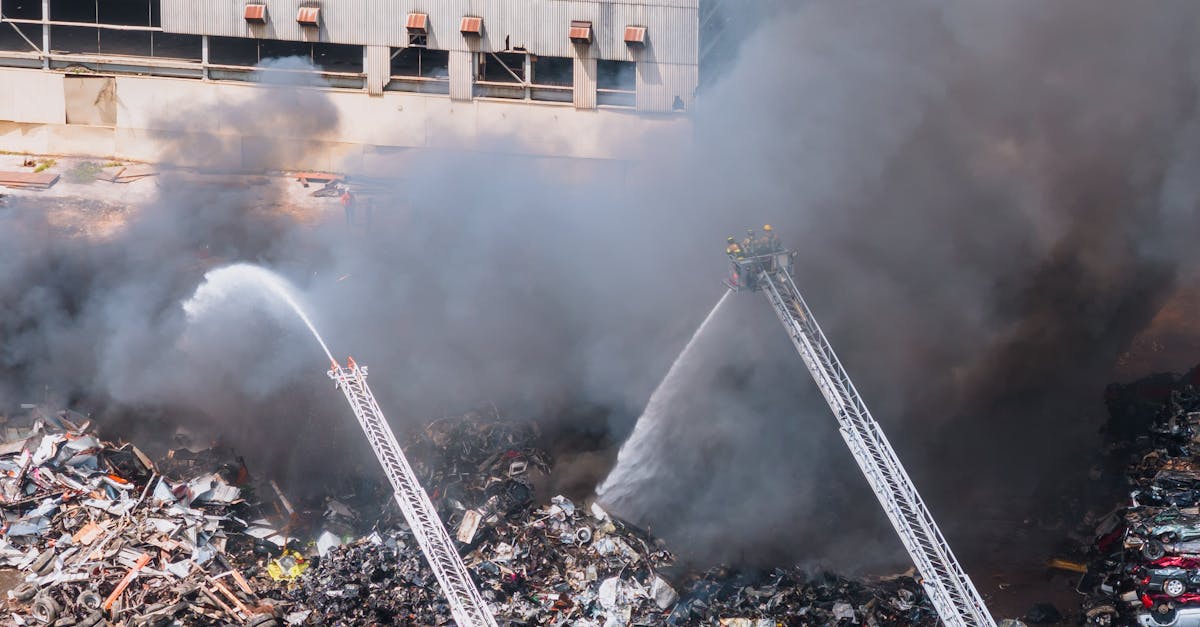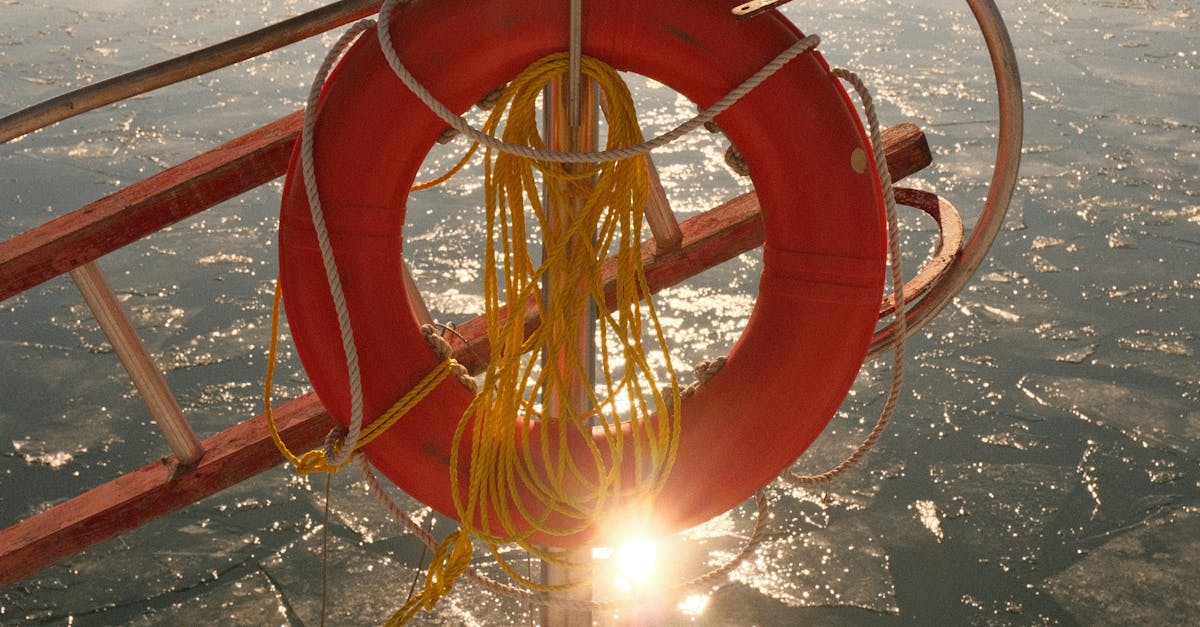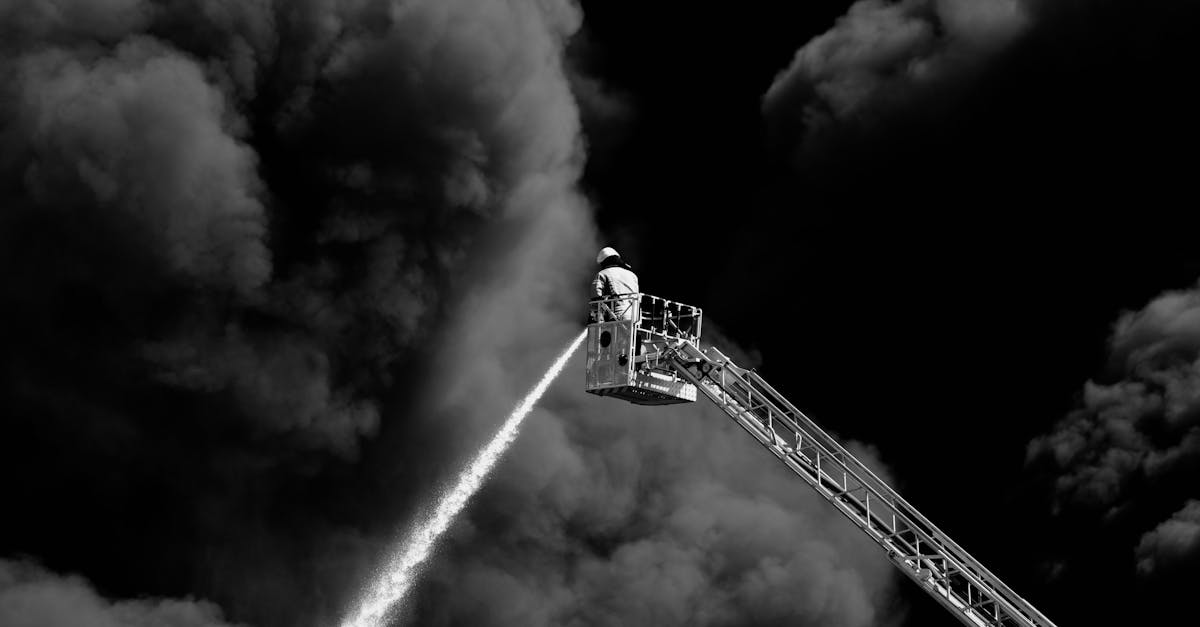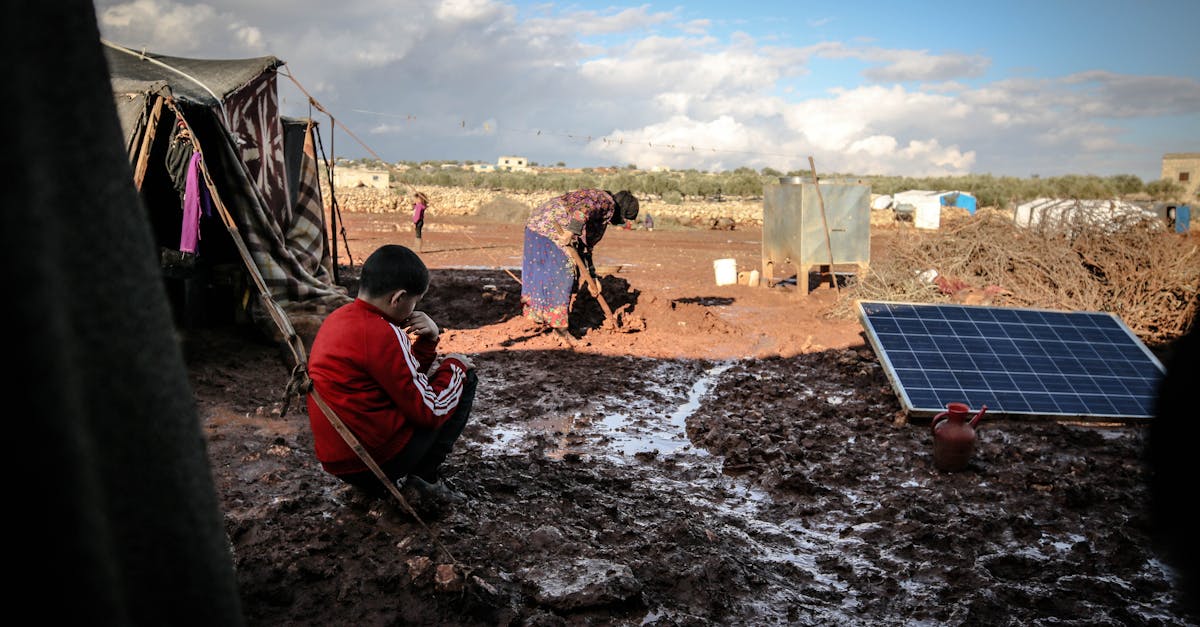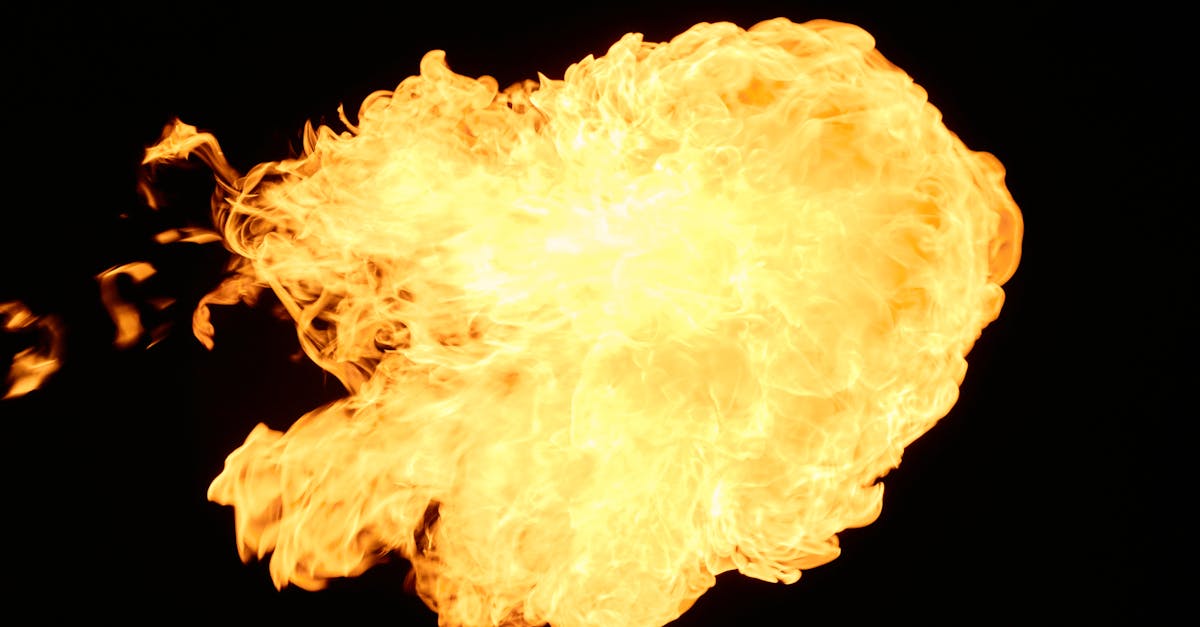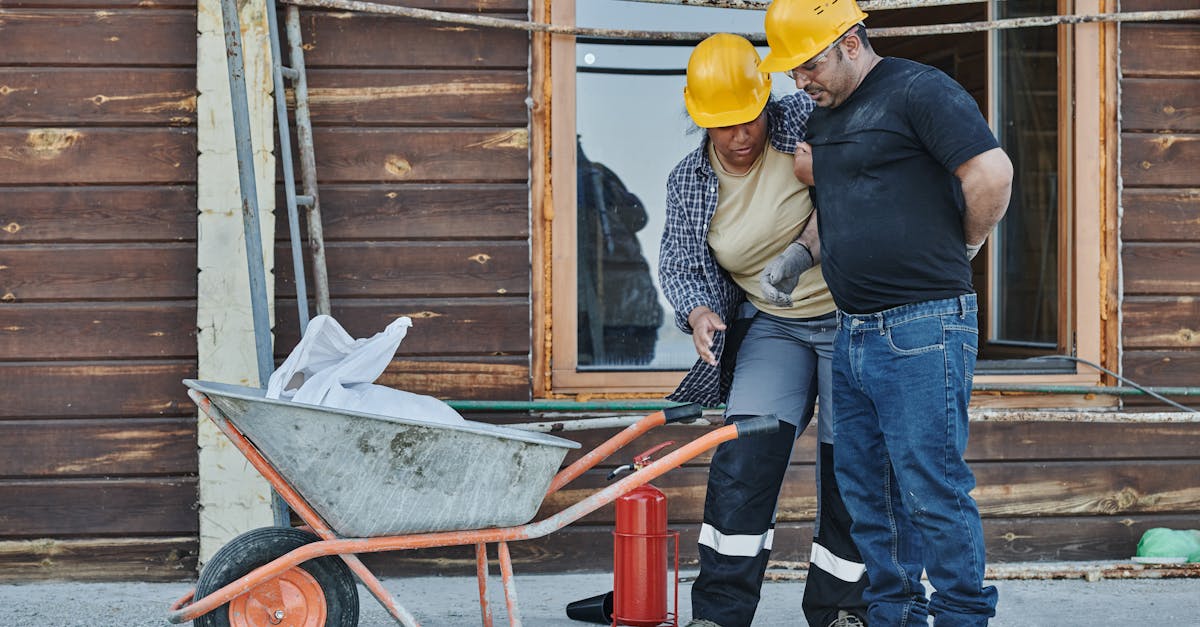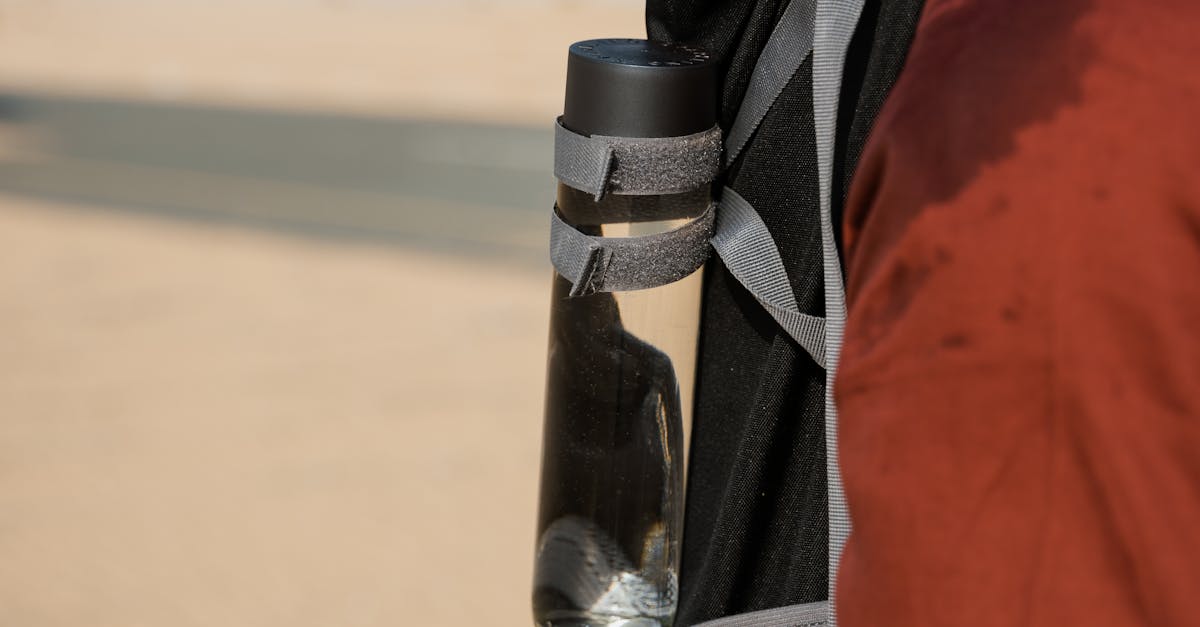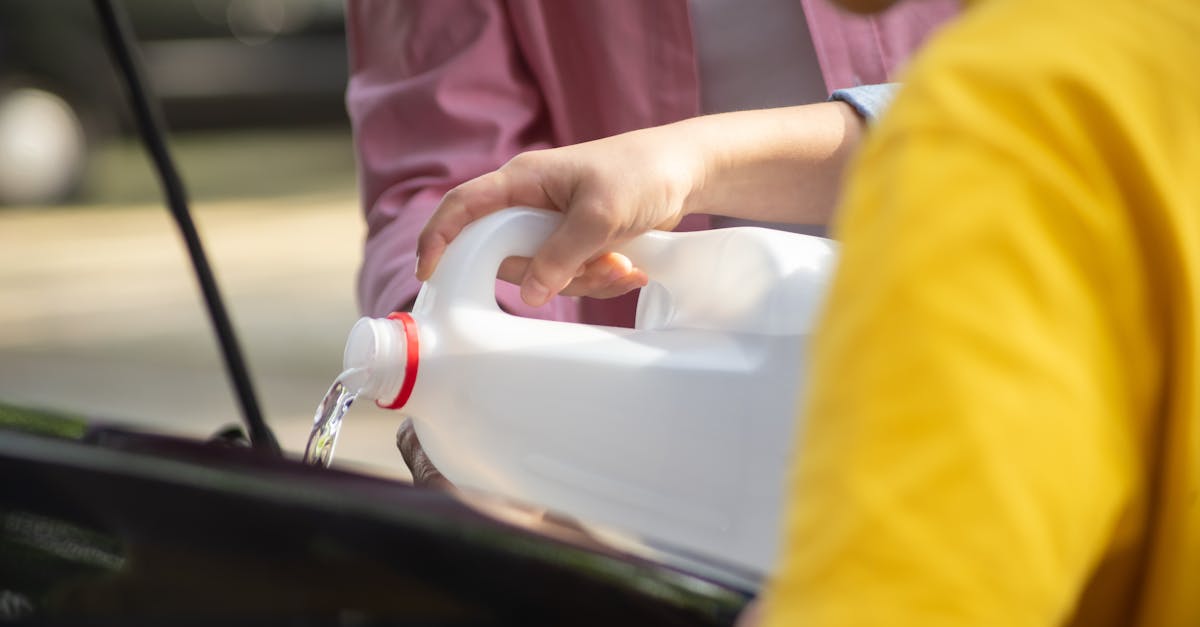
Table Of Contents
Reviewing the Pilot Light
The pilot light plays a crucial role in the functioning of many gas hot water systems. When it goes out, the heating element cannot ignite, resulting in no hot water. Conducting a quick check to see if the pilot light is lit is a simple step to troubleshoot the issue. If your pilot light is out, it may indicate a need for an emergency hot water repair, as it could point to more significant problems within the unit.
In some cases, a pilot light may extinguish due to drafty conditions or a faulty thermocouple. Environmental factors like wind or strong ventilation can disrupt its flame, while a thermocouple that is not working correctly may fail to keep the gas valve open. Addressing these factors can sometimes prevent the necessity for professional intervention. However, if you find the pilot light frequently goes out or doesn’t light at all, it may be time to seek expert assistance.
Relighting the Pilot Light Safely
If your pilot light has gone out, it's essential to take caution when relighting it. Begin by turning off the gas supply and waiting for several minutes to ensure that any accumulated gas disperses. This prevents the risk of explosion when you attempt to reignite the pilot. While waiting, check for any gas leaks near the valves with soapy water. If you see bubbles forming, it's a clear indication of a leak, and you should refrain from attempting the relight. In such cases, consider contacting a professional for emergency hot water repair.
When you're ready to relight the pilot light, follow the instructions provided by your water heater's manufacturer. Most models require you to push down on a reset button while holding a lit match or lighter near the pilot light opening. Be sure to maintain a safe distance and use a long lighter to avoid burns. Once the pilot light is successfully lit, continue to hold down the reset button for about a minute to ensure the flame stabilises. After completing this process, resume regular operations. If the pilot continues to go out or if you encounter persistent issues, it’s advisable to seek assistance from a qualified technician to avoid further complications.
Inspecting the Heating Element
When experiencing issues with hot water, inspecting the heating element is crucial. This component plays a key role in the water heating process and can impact the overall performance of your hot water system. Common signs of a malfunctioning heating element include inconsistent water temperatures, strange noises, or water that does not heat up at all. If you notice any of these symptoms, it may indicate that an emergency hot water repair is necessary.
To assess the heating element, start by turning off the power to your hot water system and ensuring the water is cool before touching any components. Remove the access panels to examine the heating element closely for any visible signs of damage, such as corrosion or mineral build-up. Use a multimeter to check for continuity and determine if the element is functioning properly. If it fails the test, replacement may be the most effective solution to restore your hot water system’s performance.
Recognising Signs of a Malfunctioning Element
A malfunctioning heating element often exhibits several noticeable signs. If your hot water supply is inconsistent or if the water is not reaching the desired temperature, these may indicate an issue with the element. Additionally, strange noises such as rumbling or banging coming from the hot water tank can suggest sediment buildup or deterioration within the heating element itself. Observing these signs promptly can prevent more significant problems.
Another indicator of a faulty heating element could be the presence of discoloured or cloudy hot water. If you notice unusual smells or rusty water, it may signal corrosion or a breakdown within the system. In such cases, contacting a professional for emergency hot water repair is advisable. Timely intervention can help restore your hot water supply and prevent further damage to the heating system.
Flushing the Hot Water Tank
Flushing the hot water tank is an essential part of maintenance that can enhance efficiency and prolong the lifespan of the system. Over time, sediment and minerals can accumulate at the bottom of the tank, leading to reduced heating efficiency and potential damage. By regularly flushing the tank, these deposits can be removed, ensuring that the hot water supply remains consistent and reliable. This process is particularly important for those living in areas with hard water, where mineral build-up occurs more rapidly.
While flushing the tank can often be a straightforward task for homeowners, it’s important to approach this maintenance step with care. Always ensure the power or gas supply is shut off before beginning. Should any issues arise or if the task seems daunting, seeking professional assistance is advisable. Emergency hot water repair services can address any unforeseen complications that may emerge during the process, ensuring that your hot water system is restored to optimal working condition efficiently.
Steps for Tank Maintenance
Regular maintenance of your hot water tank is essential to ensure optimal performance and longevity. Start by turning off the power supply to the heater; this might include switching off the circuit breaker or unplugging the unit. Next, attach a hose to the tank’s drain valve and direct the other end to a suitable drainage area. Open the valve slowly, allowing sediment and old water to drain out. This step helps to remove built-up minerals that could hinder efficiency.
After draining the tank, it’s important to flush it with fresh water to clear out any remaining debris. Turn on the cold water supply to the tank while leaving the drain valve open. This will help dislodge any stubborn sediment. Allow the water to flow until it runs clear, then close the drain valve and restore power to the tank. Regular maintenance can prevent major issues down the line, saving you the need for an emergency hot water repair.
FAQS
What should I do if the hot water isn't working at all?
Start by checking the pilot light and relighting it if necessary. If the pilot light is functioning, inspect the heating element for any signs of malfunction. If these steps don’t resolve the issue, consider flushing the hot water tank for maintenance.
How can I tell if the heating element is malfunctioning?
Signs of a malfunctioning heating element include inconsistent water temperature, strange noises coming from the tank, or water taking a long time to heat up. If you notice any of these issues, it may be time to inspect or replace the heating element.
Is it safe to relight the pilot light myself?
Yes, relighting the pilot light can be done safely if you follow the manufacturer’s instructions. Ensure you turn off the gas supply and wait for any gas to dissipate before attempting to relight it. If you’re unsure, it’s best to call a professional.
How often should I flush my hot water tank?
It is recommended to flush your hot water tank at least once a year to remove sediment buildup. Regular maintenance can help improve efficiency and extend the lifespan of the tank.
What should I do if I've tried everything and still have no hot water?
If you’ve checked the pilot light, inspected the heating element, and flushed the tank without success, it may be best to contact a licensed plumber or technician. They can diagnose and fix more complex issues that may be affecting your hot water system.


